Increasing Security Concerns
The physical security market is experiencing growth driven by escalating security concerns across various sectors. Organizations are increasingly aware of the potential threats posed by criminal activities, terrorism, and workplace violence. This heightened awareness has led to a surge in demand for advanced security solutions. According to recent data, the market is projected to reach approximately $50 billion by 2026, reflecting a compound annual growth rate (CAGR) of around 7%. Businesses are investing in comprehensive security measures, including surveillance systems, access control, and perimeter security, to mitigate risks. The physical security market is thus positioned to benefit from this trend as companies prioritize the safety of their assets and personnel.
Growth of the Construction Sector
The physical security market is benefiting from the expansion of the construction sector in the US. As new buildings and infrastructure projects emerge, the demand for integrated security solutions is on the rise. Construction sites are often vulnerable to theft and vandalism, necessitating the implementation of effective security measures. The market is projected to grow in tandem with the construction industry, which is expected to reach a value of $1.5 trillion by 2026. This growth presents opportunities for the physical security market to provide tailored solutions that address the unique security challenges faced by construction sites, including temporary fencing, surveillance, and access control systems.
Regulatory Compliance and Standards
The physical security market is increasingly shaped by the need for regulatory compliance and adherence to industry standards. Organizations are required to implement security measures that meet specific regulations, such as the Health Insurance Portability and Accountability Act (HIPAA) for healthcare facilities or the Federal Information Security Management Act (FISMA) for federal agencies. Non-compliance can result in substantial fines and reputational damage, prompting businesses to invest in robust security systems. The physical security market is responding to this demand by providing solutions that not only enhance security but also ensure compliance with relevant regulations. This trend is likely to sustain market growth, as companies prioritize compliance to avoid legal repercussions.
Rising Demand for Integrated Security Systems
The physical security market is witnessing a shift towards integrated security systems that combine various security measures into a cohesive solution. Organizations are increasingly seeking systems that offer seamless integration of video surveillance, access control, and alarm systems. This trend is driven by the desire for enhanced situational awareness and streamlined security operations. Integrated systems allow for centralized management and monitoring, improving response times to security incidents. The physical security market is adapting to this demand, with projections indicating that the market for integrated security solutions could reach $45 billion by 2025. This shift reflects a broader trend towards holistic security approaches that prioritize efficiency and effectiveness.
Technological Advancements in Security Solutions
The physical security market is significantly influenced by rapid technological advancements. Innovations such as artificial intelligence (AI), machine learning, and the Internet of Things (IoT) are transforming traditional security systems into smart solutions. These technologies enhance the efficiency and effectiveness of security measures, enabling real-time monitoring and data analysis. For instance, AI-powered surveillance cameras can identify suspicious behavior, while IoT devices facilitate seamless communication between security systems. The integration of these technologies is expected to drive market growth, with estimates suggesting that the market could expand to $60 billion by 2027. The physical security market is thus adapting to these advancements, offering more sophisticated and responsive security solutions.

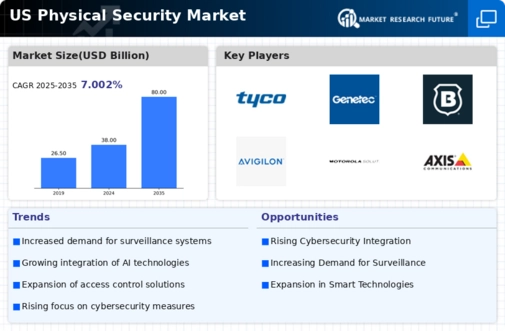
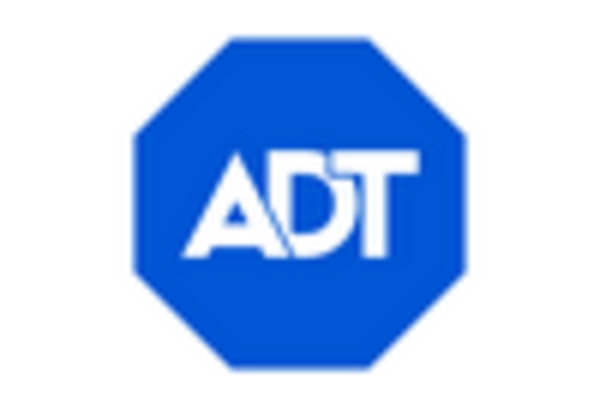
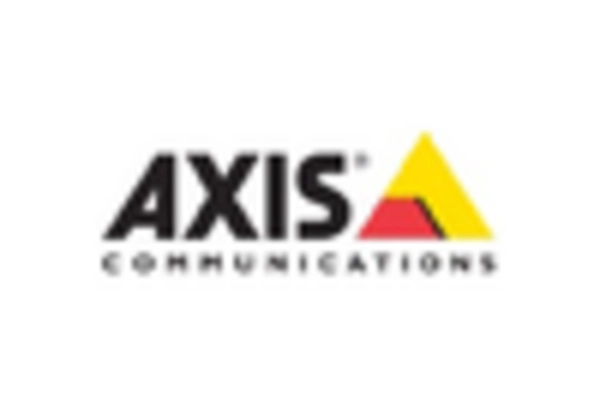
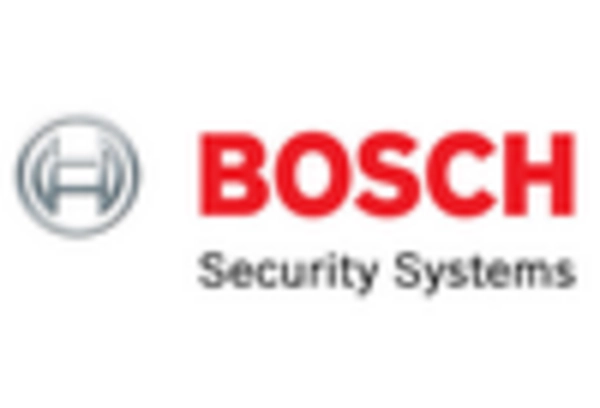
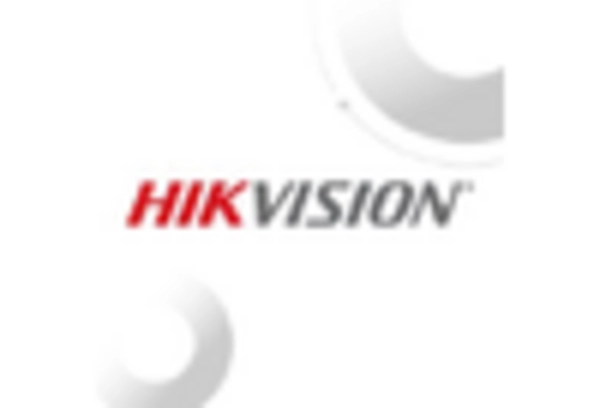
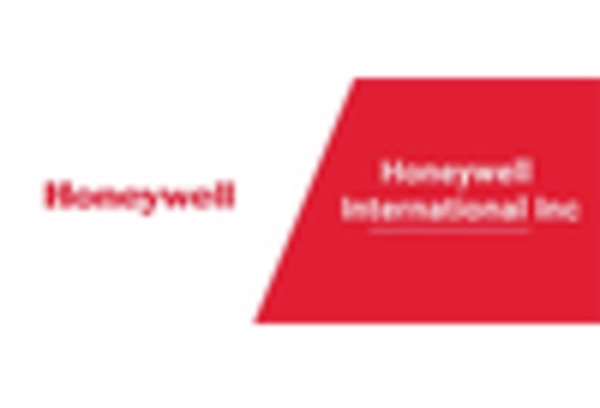









Leave a Comment